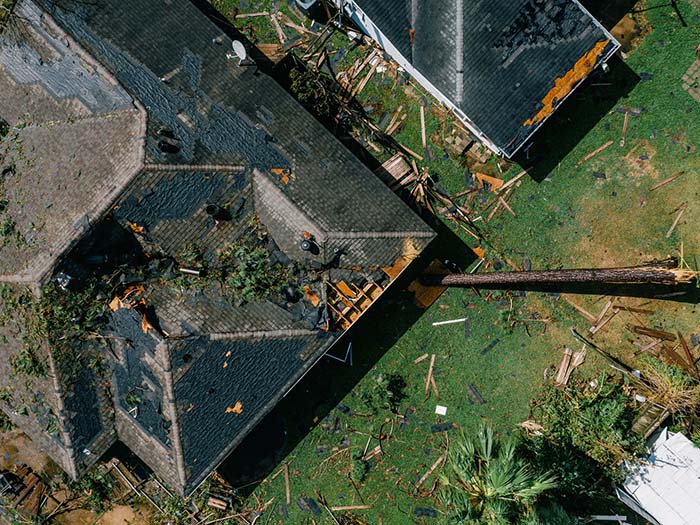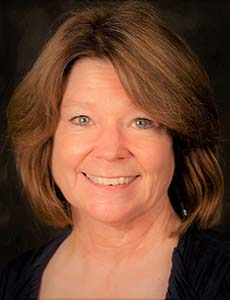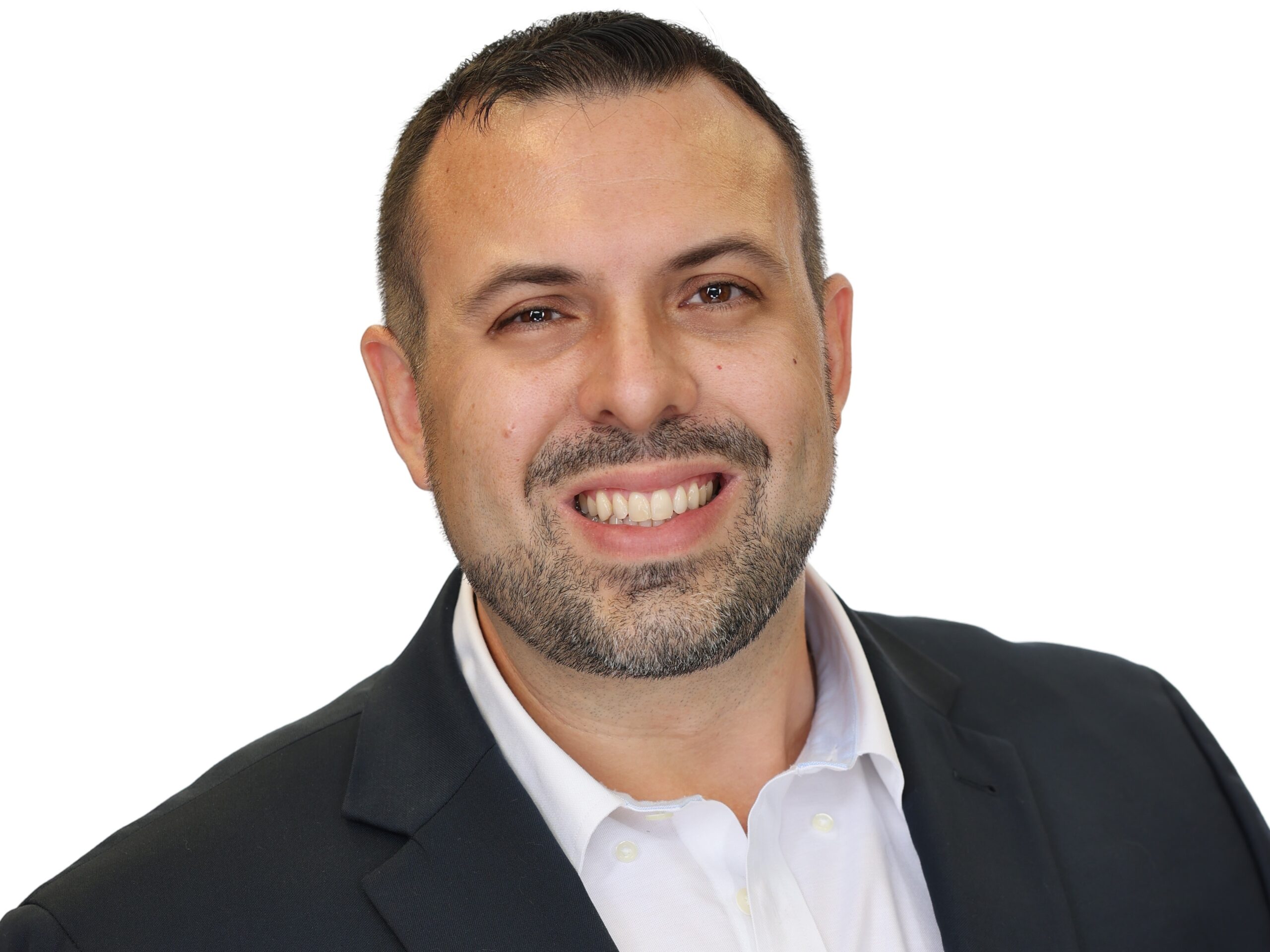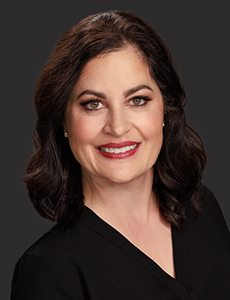Can Long-Term Care Providers Still Recovering from COVID Pivot to Face Natural Disasters?

Every corner of the globe is grappling with natural catastrophes, in one way or another.
In the U.S., erratic weather patterns present an escalating challenge to long-term care providers determined to offer uninterrupted care to the elderly and disabled.
“No part of the country is devoid of these disasters,” said Karthik Ramanathan, vice president and principal engineer in Verisk’s extreme events solutions business unit, during a 2023 hurricane season briefing.
“We don’t think about Minnesota experiencing the kinds of winds that Alabama would, but especially as you get closer to the winter times, severe convective storms can take a very different form and shape — like upper derechos [or] extremely strong wind events,” Ramanathan continued.
“And the states of Minnesota and Iowa and even northern parts of Illinois can have these derecho events that can get winds as high as category one on the Saffir-Simpson scale,” he added.
Research prior to the coronavirus pandemic anticipated a surge in demand for senior living and care communities over the next 15 or so years, but instead of expanding their businesses, many long-term care (LTC) operators are focused on building their resiliency against severe weather, the next public health crisis and the ongoing talent shortage.
And with extreme weather events freezing pipes in warm climates and flooding areas far from storm surge zones (as the Southeast and East Coast have seen in recent years), there’s no telling when operators could have to evacuate their residents — and how far they’ll have to reach for support.
“Anytime we have one of these [CAT] events, usually, it’s fairly widespread, unless it’s some kind of local convective storm or tornado that can hit a very precise area,” said Mike DiModica, senior vice president in Marsh’s senior living and long-term care industry practice.
“And that presents different challenges. But when it’s widespread, it taxes the systems in so many ways, from transportation to first responders to power outages … right from the onset.”
Senior housing and long-term care operators responsible for vulnerable, elderly residents who are frail and have mobility and cognitive challenges “[have] to be especially diligent,” DiModica added. “And this puts a big emphasis on preplanning and preparation.”
Keeping a Roof Over Their Heads
Skilled nursing home and assisted living operators have a lot of moving pieces to juggle — everything from staffing to equipping their facilities to meet the unique care needs of each resident. Besides their medical duties, operators must also ensure the structural integrity of their facilities.

Doris Fischer-Sanchez, senior vice president of clinical risk, senior living and long-term care industry practice, Marsh
And as more buildings throughout the U.S. take annual beatings from the weather, risk management and senior care experts say operators must find ways to re-center their focus on the condition of their facilities, starting with the roofs.
“There are a lot of things in a disaster you really can’t know and can’t deal with, but you can deal with your structure,” said Lindsay J. Peterson, interim director, Florida Policy Exchange Center on Aging at the University of South Florida.
“If there’s any way you can, harden your facility, ensure that you’ve got a good roof,” she continued. “Make sure you’ve cut down all the trees so you’re not going to have a tree coming through your roof.”
DiModica’s colleague Doris Fischer-Sanchez, senior vice president of clinical risk in Marsh’s senior living and long-term care industry practice, has seen some LTC operators in places like Florida (where short-rooted trees are common) opt to modify their landscaping instead.
She advises that operators do what they can “in terms of placement and [varietals] that are a little more hardy when it comes to these types of storms — to the degree that they can be, because flooding is flooding,” she said.
Whatever can be addressed around the perimeter or on the structure itself to preserve the integrity of roofs that are frequently subjected to hurricane-strength winds is critical because, as Ramanathan put it, “roofs are the first lines of defense when it comes to hurricanes, because they have a tendency to uplift your roof and dislodge it.”
In her studies of how long-term care facilities, staff and patients have fared in the wake of major storms, Peterson has heard hair-raising stories connected to roof damage.
One story that has stayed with her was that of a nursing home whose roof was destroyed by Hurricane Michael. As wind speeds accelerated from the anticipated category 3 level to category 5 strength in a period that Peterson said seemed like overnight — leaving no time to evacuate — staff did their best to hunker down with residents.
But as Michael’s fury reached their structure, staff had to rush residents from one side of the building to the other as sections of the roof caved in, Peterson said.
And then there were the assisted living facilities that evacuated before a storm because they thought their roof was going to fly off, Peterson recalled from interviews conducted as part of her research on long-term care experiences during Hurricane Irma.
“And that can be very difficult, because it puts the residents out of their normal environment,” Peterson said, noting that evacuations in general can compromise the health of elderly and frail residents for whom stable accommodations are a key factor in slowing the steady decline of their health.
Even if they are evacuated to another skilled nursing or assisted living facility, Peterson said, “it’s still not a good environment for them. They might not have a bed to sleep in; they might not be getting regular meals.”
“[And] the sheltering facilities are affected by that,” she added. “You have a regular census of, say, 120 and then you’ve got another 100 people in there, it just creates a difficult environment.”
When Hardening Resources Are Reallocated
As Peterson pointed out, many long-term care operators in disaster situations provide temporary shelter for the residents of other facilities. This is yet another reason to make sure their physical structures are as fortified as possible.
But the unforeseen onset of the coronavirus pandemic required many operators to divert resources that had been earmarked for resiliency improvements like roof enhancements and generator capabilities toward other projects.
“Due to COVID, these facilities invested massive money into indoor air quality and their heating, ventilation and air conditioning systems; they had to retrofit or rebuild their systems to do negative pressure,” said Scott Aronson, president and lead strategist, Global Readiness Partners.
“Many people don’t recognize how much they had to invest in retrofitting their own long-term care facilities to be able to care for patients that had COVID, protect those that didn’t and protect their staff,” he continued.
Despite the financial challenges associated with Medicaid and Medicare being the primary sources of their funding, some long-term care facilities were able to take on rapid construction projects such as adding doors to hallways to create “wings” and isolation units or upgrading HVAC systems.
While these projects will improve operators’ abilities to deal with future pandemics or epidemics, Aronson said, funds previously reserved for structural hardening disappeared: “They couldn’t do it. They didn’t have the dollars left.”

Lindsay J. Peterson, interim director, Florida Policy Exchange Center on Aging, University of South Florida
Peterson says more external support, and perhaps additional regulatory emphasis, is needed to help long-term care establishments determine how to prioritize their facility hardening investments.
She has observed that some operators may have resources but choose not to spend them on structural improvements like roofs. “Not that they’re malicious,” she noted, “but they just have other priorities; things aren’t quite so immediate when it’s six months down the road.”
When eight hurricanes hit Florida in the two-year period of 2004-2005, Peterson recalls, the state established a Medicaid reimbursement model to compensate nursing homes for disaster-related expenses like structural repairs.
Nursing homes may soon be able to leverage more support from the federal government. In September 2023, the Biden administration announced a series of measures aimed at improving the overall state of the nation’s long-term care system.
But Peterson says more needs to be done to keep the facility improvement needs of small, family-run assisted living facilities on state radars as well, as they are not as tightly regulated as skilled nursing homes.
Can the Structure Withstand Fortifications?
Although storm names like Ian, Rita and Katrina have been etched into the minds of many, Ramanathan noted that disasters — and the lessons we take away from them — tend to swiftly fade from memory.
For this reason, he said, “the quickest and most effective way to learn from a disaster is to make sure that you plug the holes in the building code that can at least try and prevent the same kind of damage from happening in the future.”
Strengthening building codes is also the way toward achieving resiliency 20 to 30 years from today, he added.
But for long-term care operators, especially those who run small adult homes in residential communities, new construction building codes alone may not necessarily help them fortify their structures against weather-related disasters, even if they are in a position to put new roofs on.
“Once you replace the roof, you’re supposed to follow the auspices of the current building code, but then parts of the walls, parts of the envelope are still designed to much older building codes or maybe no building code at all,” he said.
Retrofitting a facility to withstand stronger storms and fluctuations in temperature could involve several layers of modification, from roofs to walls to foundations.
A huge portion of the built environment in the U.S. is more than 30 years old, Ramanathan said, speaking primarily of residential buildings, so incentives must be created to help building owners fortify their structures.
Ramanathan suggested that one type of incentive could come from the insurance industry.
Structures that have undergone some level of fortification or mitigation efforts, if certified by the Insurance Institute for Business & Home Safety [IBHS], could be eligible for insurance premium discounts in Gulf and South Atlantic states.
But even places like Minnesota, which has been impacted by hail and tornadoes, are adopting some of these fortification standards, particularly for owners of residential buildings, said Ramanathan’s colleague Steve Clarke, vice president of government relations at Verisk.
As more states tend to adopt these fortification or mitigation incentive models, “it can go a long way in increasing the resiliency of not just new construction but also what is the other 65% of the market, which is already built and standing,” Ramanathan said.
How Can Insurance Help?
As storms and drastic temperature variations put the built environment to the test, one place long-term care operators may look for assistance in prioritizing their hardening investments is their insurers.
“The [long-term care] industry, because of COVID especially, has really been hurt financially, so investments are tough,” said Caroline Clouser, executive vice president and health care industry practice leader at Chubb, “but we are working closely with long-term care customers to offer tools so they can easily identify their greatest vulnerabilities.
“Identifying construction improvements is one area where we can help health care customers,” Clouser added.
“You want to make sure there’s masonry non-combustible, best in class, for exterior walls,” she continued. “For windows, they get rated for missile impact — objects hitting the glass ― [so] the glass needs to be of a certain strength, and it varies by floor.”
Especially in hurricane-prone locations, Clouser said, her team increasingly encourages operators to have shutters added to the windows if purchasing impact-resistant windows is not viable.
“We use drone technology to look at where new roofs or repairs are necessary,” Clouser said, adding that her team at Chubb encourages insureds to make sure their roofs meet American Society of Civil Engineers standards. “We are concerned with uplift; how much strength does the roof have to stay connected to the building?”
For flood zone evaluations, Clouser said, “that’s really where CAT modeling comes into play. We make significant investments in our modeling capability because we want to make sure that our insureds understand there’s a difference [between] the specifications in one location versus another, and we’re going to give a lot of guidance and help on that.”
And then there’s the matter of helping operators sort out state-mandated temperature control investments. More states have followed Florida’s example and now require operators to have generators and fuel storage on site for up to 96 hours when power outages occur.
“It [can be] a big investment to retrofit what we already have in place, and investments are happening in all areas,” she said. “And we’re really trying to help our customers identify where’s the best source of them spending money, and we’ll come in and look at a building and provide feedback.”
Preparing for Claims After Storms
Even the best-prepared and best-fortified facilities could still sustain damages in unexpected ways as weather conditions become more unpredictable.
During the 2022 holiday season, DiModica visited a senior housing client in Alabama just after temperatures plummeted during a rare polar freeze event and caused significant damage to their facility.
Even with the heat on, their pipes burst throughout the facility — which isn’t surprising, because in some long-term care buildings, just like in individual residences, “you can have cold pockets and insulation gaps in certain walls or roofs,” DiModica noted.
“The sprinklers began to pop, and the community had water coming through the ceilings in three different wings,” he recalled; the biggest leak leached water into the kitchen.
Thankfully, Marsh and the client’s pre-loss planning included staging a preferred list of remediation vendors who were able to be on site immediately to commence loss recovery efforts. The claims process started right away, and the damages to the facility were mitigated, so residents didn’t need to be evacuated or temporarily relocated, DiModica said.
In his experience helping various types of organizations recover after disasters, Frank Russo, managing director at Imperium Consulting Group, has seen long-term care providers realize better outcomes when they’ve had current business continuity plans and a plan for the claims management process in place.
“It’s really comes down to whether there is a clear strategy for cash flow to fund the recovery,” Russo said. “When the clock starts [ticking] after a disaster or interruption to business operations, aside from obviously first keeping people safe … how do you make sure you’re getting an insurance claim and/or FEMA claim processed and paid as quickly as possible?
“Following a major hurricane, let’s say a business or organization has well-built facilities and structures up to date with local building codes; they have the most advanced business continuity plans; they also have power,” he said. “They’re still likely going to have a financial loss that needs to be documented, quantified, processed for financial reimbursement through insurance and/or FEMA channels. So, not having a plan for this key element in a recovery could be a major oversight.
“And those organizations that also build into their disaster recovery programs — not only the physical improvements but also the process improvements to be able to expedite those claims reimbursements — are the ones that fare better,” he added.
So what do those process improvements entail? Russo said that, first and foremost, they must have a very good relationship with their insurance brokers or agents: “That relationship is key to understanding what is covered [or] potentially not covered, and how costs should be aligned through the insurance claim’s submission process.
“Also, if possible, larger organizations should request through their insurance brokers or agents that an insurance adjuster be assigned [pre-loss] to the program,” he added.
“Having an assigned insurance adjuster to your program at the inception of your program is part of a best practices approach: You know who that person is before the event happens; they know your organization,” he continued. “You can even include the assigned insurance adjuster [during] the business continuity planning session.”
Building these relationships ahead of any major business loss, Russo said, helps streamline the claims recovery process.
“Lastly,” Russo said, “it’s about understanding that the process to quantify and submit a large loss to insurance and/or FEMA is a marathon, not a sprint. Having a plan and a team to manage the submission process and responses to questions and requests for information is paramount.”
While the primary goal after a loss is full recovery, Russo said, long-term care organizations that do not have thorough business continuity plans and established relationships with their brokers and claims adjusters could experience larger, more complicated losses.
Maintaining cash flow is critical for these operators, Russo said.
“[Say] you’re in an area-wide disaster. You’re trying to get contractors, [such as] roofers,” Russo shared as an example. “It’s a very, very common and real issue where being able to secure those vendors to make the repairs” is increasingly difficult.
“Those contractors can pick and choose jobs after the disaster, and they normally want to have significant down payments before they even begin a project,” he noted. “So if you have limited funds to hire such contractors, you’re likely relying on interim payments, insurance or FEMA.
“And that’s not going to happen overnight, so just being aware of the claims process is critical,” Russo said. For long-term care operators, “having a proactive claim documentation and presentation strategy to enhance cash flow is a defining feature of superior business continuity plans.” &
This story is Part 2 in a series on long-term care. You can read Part 1 here.











